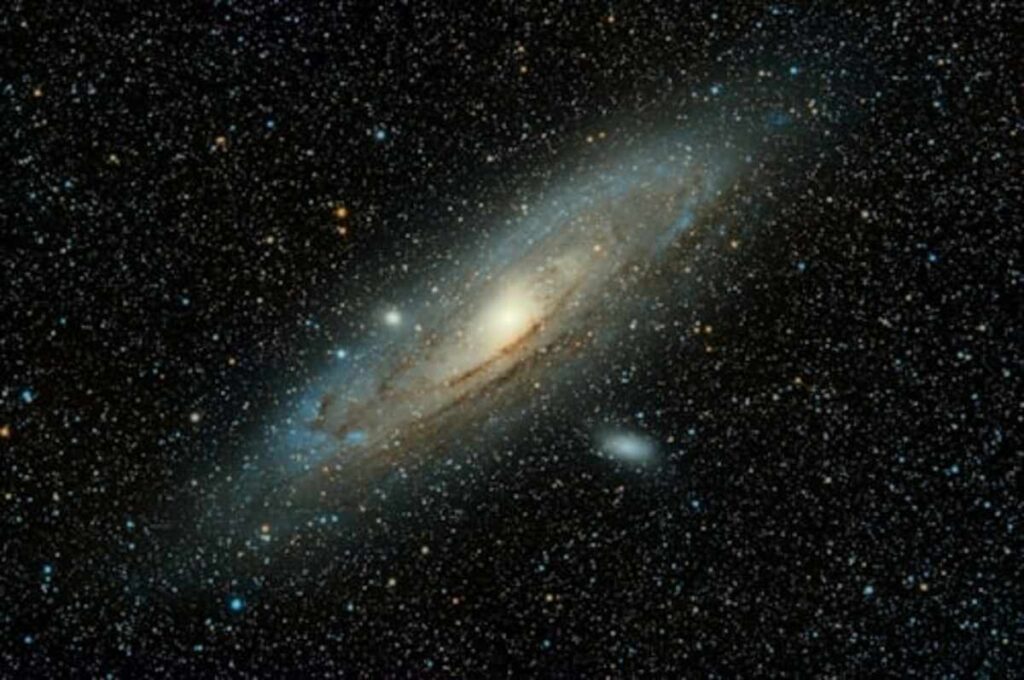Introduction: Jupiter, the gas giant of our solar system, is renowned for its immense size and mesmerizing atmosphere, and its captivating entourage of moons. In this article, we embark on a celestial journey to explore the enchanting moons of Jupiter, their diverse characteristics, and their role in shaping the dynamics of the Jovian system. Along the way, we will also address the intriguing question, “How many Jupiters can fit in the Sun?”
- The Galilean Moons: Among Jupiter’s extensive moon system, the four largest moons, collectively known as the Galilean moons, hold a special place in scientific exploration. Discovered by Galileo Galilei in 1610, these moons—Io, Europa, Ganymede, and Callisto—each possess unique attributes and offer a wealth of scientific intrigue. Io, the innermost Galilean moon, is famous for its intense volcanic activity, while Europa tantalizes scientists with its potential subsurface ocean, making it a candidate for harboring extraterrestrial life. Ganymede, the largest moon in the solar system, boasts its magnetic field, while Callisto exhibits a heavily cratered surface, providing a glimpse into the moon’s ancient history.
- Other Notable Moons: In addition to the Galilean moons, Jupiter hosts a multitude of other intriguing satellites. With its elongated shape, Amalthea acts as a shepherd moon for Jupiter’s Gossamer Ring. In contrast, Himalia and Elara belong to a group of irregular moons that orbit Jupiter in the opposite direction of its rotation. The discovery of new moons continues, with recent additions like Valetudo and Ersa expanding our understanding of Jupiter’s diverse moon population.
- Tidal Forces and Interactions: Jupiter’s immense gravity creates a dynamic environment, with tidal forces exerted on its moons influencing their characteristics and behavior. These tidal forces generate internal heating, causing geological activity and creating unique surface features. The gravitational interactions among Jupiter’s moons also result in complex orbital resonances, leading to fascinating phenomena such as orbital resonances between Io, Europa, and Ganymede, which contribute to the tidal heating and geological activity observed on these moons.
- The Quest for Exploration: The exploration of Jupiter’s moons has been a focus of several space missions, providing valuable insights into these celestial bodies. NASA’s Galileo mission, which orbited Jupiter from 1995 to 2003, extensively studied the Galilean moons, unveiling their diverse landscapes and shedding light on their composition and geology. More recently, NASA’s Juno spacecraft has provided valuable data on Jupiter’s magnetic field, shedding further light on the interactions between the planet and its moons.
- Jupiter and the Sun: Returning to how many Jupiters can fit in the Sun, let’s delve into the comparison again. Jupiter’s diameter is approximately 11 times smaller than the Sun’s, suggesting that you could fit around 1,300 Earths or 11 Jupiters side by side across the Sun’s diameter. However, when considering the Sun’s mass, which is over 1,000 times greater than Jupiter’s, you could fit approximately 1.3 million Jupiters within the Sun. This stark contrast highlights the overwhelming size and mass disparity between the gas giant and our mighty star.
Conclusion: Jupiter’s moon system intrigues the awe-inspiring gas giant. From the captivating Galilean moons to the enigmatic irregular satellites, these celestial companions enrich our understanding of the dynamics and complexity of Jupiter’s domain. As we ponder how many Jupiters can fit in the Sun, we are reminded of the vastness of our solar system and its remarkable diversity. The moons of Jupiter beckon us to explore the mysteries of our cosmic neighborhood further.
Read Also: Which LED Panel is Best For Home?



